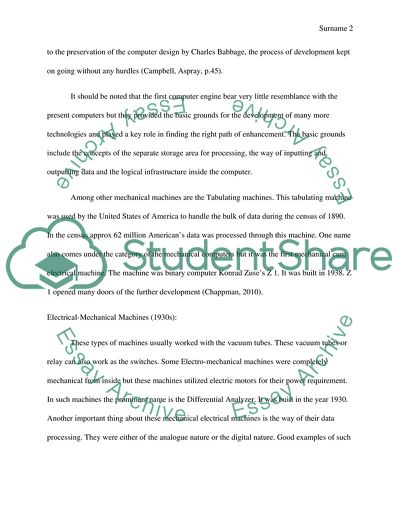Cite this document
(History of Computers from Early Machines to Net-Books Case Study - 4, n.d.)
History of Computers from Early Machines to Net-Books Case Study - 4. https://studentshare.org/information-technology/1790904-research-paper
History of Computers from Early Machines to Net-Books Case Study - 4. https://studentshare.org/information-technology/1790904-research-paper
(History of Computers from Early Machines to Net-Books Case Study - 4)
History of Computers from Early Machines to Net-Books Case Study - 4. https://studentshare.org/information-technology/1790904-research-paper.
History of Computers from Early Machines to Net-Books Case Study - 4. https://studentshare.org/information-technology/1790904-research-paper.
“History of Computers from Early Machines to Net-Books Case Study - 4”. https://studentshare.org/information-technology/1790904-research-paper.


